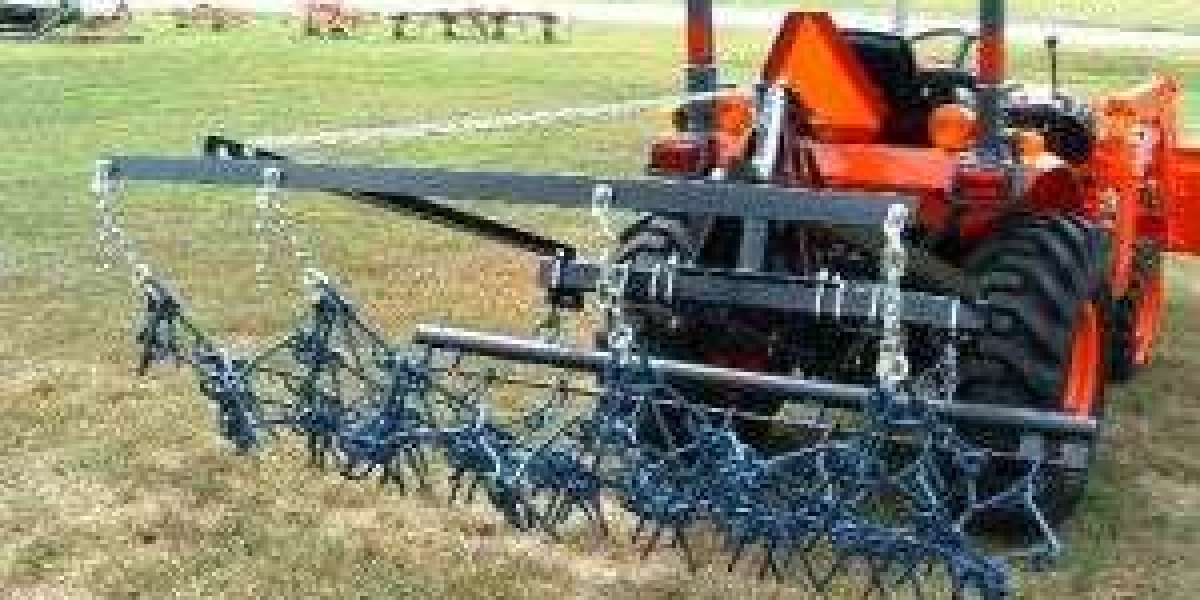Modern tractors are capable of much more than simple towing or plowing. With the right attachments, they become powerful machines capable of lifting, hauling, and clearing land efficiently. Among the most practical tools for expanding tractor functionality are tractor bucket brush forks. These versatile accessories convert a basic bucket into a dynamic debris-clearing implement that saves time, reduces labor, and enhances operational safety.
What Sets Brush Forks Apart
Tractor bucket brush forks are designed for simple installation and maximum functionality. They consist of a series of steel forks that extend out from the front of a tractor’s loader bucket. When attached, the forks protrude like the teeth of a comb, capable of lifting, trapping, or scooping bulky materials such as brush, tree limbs, logs, and other loose organic debris.
Their value lies in their simplicity. Rather than requiring hydraulic plumbing or complex setup, they mount securely using bolt-on clamps or adjustable brackets. This makes them especially appealing to users who prefer low-maintenance solutions or operate compact tractors not equipped for advanced attachments.
Top Benefits for Landowners and Professionals
The key appeal of brush forks is their ability to handle irregular loads quickly. A job that might take several trips or hours using manual labor can be completed in a fraction of the time using brush forks. For landowners managing acreage or professionals in landscaping and agriculture, this kind of efficiency translates directly to time and cost savings.
Brush forks also provide enhanced safety. By allowing the operator to handle large debris from the tractor seat, they eliminate the need for constant dismounting, reducing fatigue and risk of injury. The forks can also lift thorny, heavy, or unstable materials that would otherwise pose handling challenges.
Strength and Durability for Demanding Work
Brush forks are constructed to endure rugged outdoor conditions. Made from heavy-duty steel, they are often reinforced with crossbars and additional support brackets to maintain alignment under load. Many manufacturers use powder-coating or galvanized finishes to provide protection against rust and corrosion.
The tines are engineered to flex slightly under pressure without bending permanently, which helps them withstand repeated use in dense brush or when lifting uneven materials. Some models even come with replaceable tines or extension kits, allowing users to upgrade or repair their equipment easily.
Common Use Cases for Brush Forks
Brush forks are ideal for post-storm cleanup, land reclamation, fire break preparation, and seasonal clearing of brush or foliage. Farmers use them to manage animal bedding, hay, or crop debris, while property owners use them for tidying wooded lots, fence line cleaning, or hauling cut firewood.
Municipalities and park services also find value in brush forks when maintaining public grounds or clearing walkways after weather events. Their non-specialized, universal nature makes them adaptable across different tractor brands and sizes.
Customization and Fork Layout Options
Brush forks can be purchased in fixed or adjustable layouts. Some allow the user to reposition individual tines depending on the type of debris being handled. For example, wide spacing may work well for logs or thick brush, while narrow spacing is ideal for hay, leaves, or garden waste.
The tine length also varies, typically ranging from 16 to 36 inches or more. Longer tines offer deeper penetration into piles, but may be heavier and require more bucket control. Choosing the right configuration depends on tractor size and job requirements.
Installation and Storage Tips
Mounting brush forks is straightforward. Most units come with all necessary hardware and instructions. Before attaching, ensure the bucket is clean and free of dents to allow a snug fit. Tighten clamps evenly and check stability before lifting materials.
When not in use, it’s best to store brush forks in a dry, shaded space to prevent corrosion. Some users build simple wall racks or stands to keep forks organized and off the ground. Regular oiling of bolts and hinges, if applicable, also helps extend service life.
Conclusion
Tractor bucket brush forks are one of the most effective and user-friendly tools for increasing tractor productivity in outdoor settings. They bridge the gap between a standard bucket and more expensive, hydraulic-intensive implements. With high-strength construction, ease of attachment, and wide application potential, brush forks prove essential for landowners, farmers, and contractors alike. Whether managing brush piles, loading organic waste, or preparing land for planting, this affordable attachment transforms the ordinary tractor into an efficient material-handling machine.








